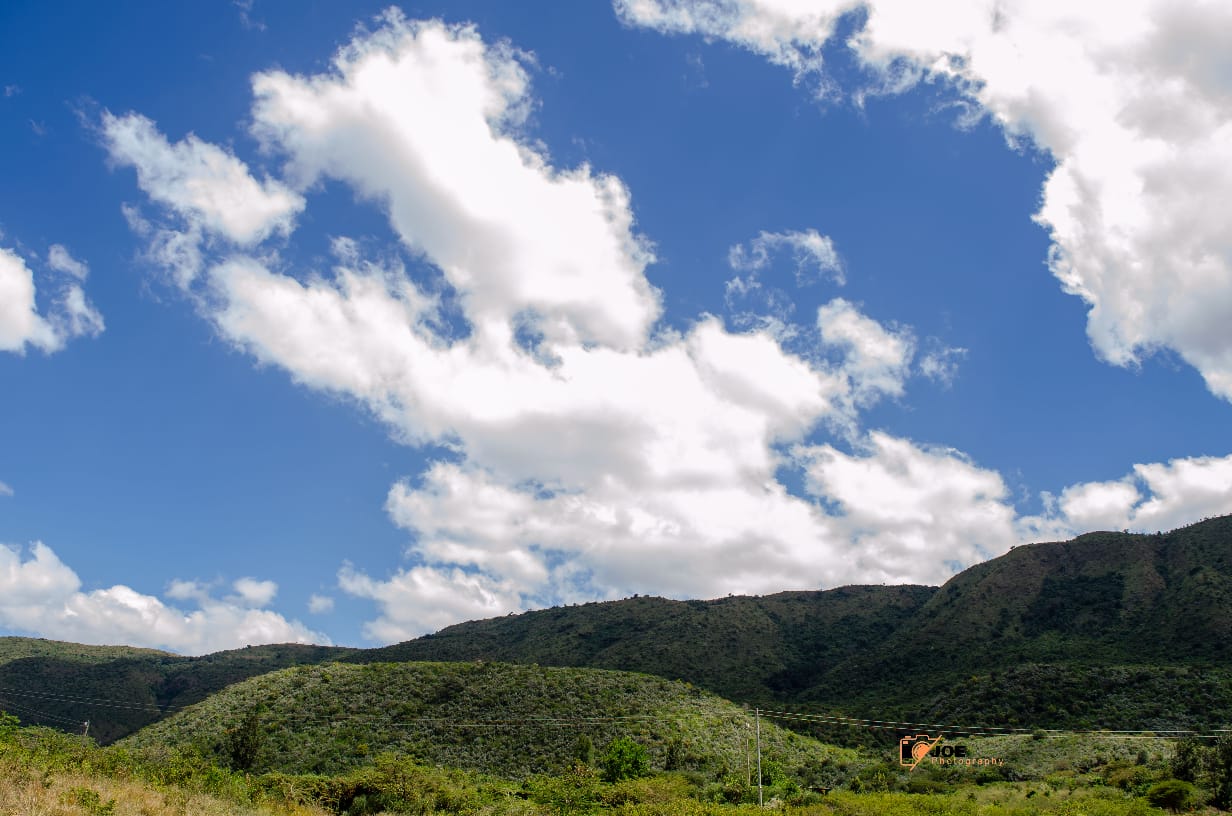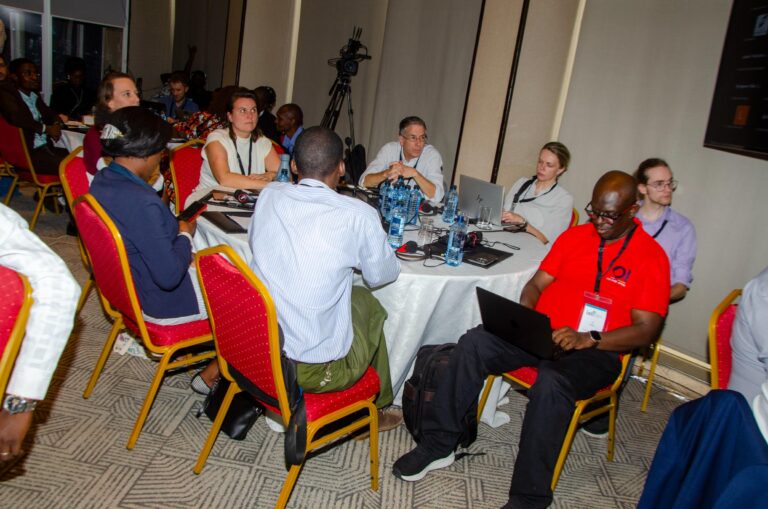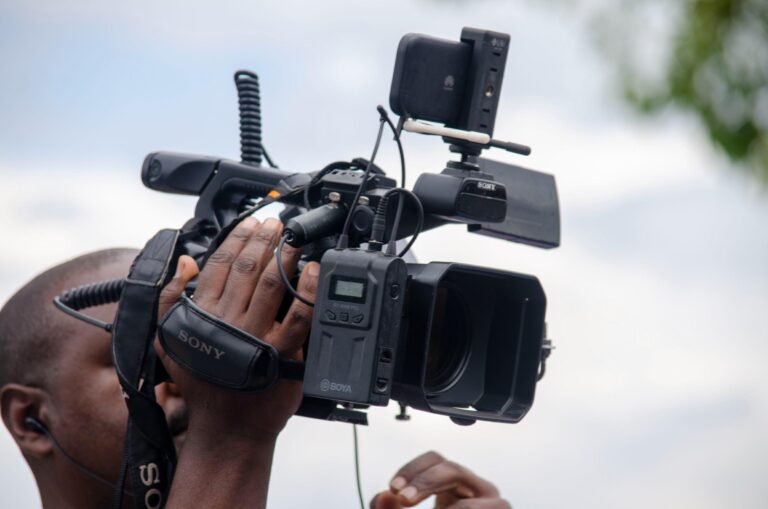Kenya, known for its vast savannahs, diverse wildlife, and vibrant cultures, is also a hiker’s paradise. Its breathtaking landscapes, ranging from towering mountains to serene forests, offer photographers endless opportunities to capture nature’s beauty. Hiking photography in Kenya combines the thrill of exploration with the art of storytelling through the lens, making it an enriching experience for adventurers and shutterbugs alike.
Table of Contents
Why Kenya is Perfect for Hiking Photography
Kenya offers unique advantages for hiking photographers:
- Diverse Landscapes: From the snow-capped peaks of Mount Kenya to the arid expanses of Tsavo, every hike reveals new vistas.
- Abundant Wildlife: Capture iconic species like elephants, zebras, and giraffes in their natural habitats during your hikes.
- Cultural Encounters: Many trails traverse communities where you can document Kenya’s rich traditions and lifestyles.
- Unique Light: Kenya’s equatorial position ensures golden sunrises, dramatic sunsets, and clear night skies ideal for photography.
🏞️ Ready to Conquer New Heights? 🏔️
🚀 Join Joe Photography and Safaris for thrilling hiking adventures across Kenya! Meet new friends, explore breathtaking trails, and create unforgettable memories. 🌿✨
🎒 Join Our Hiking WhatsApp Group 🚀Hikes. Adventures. Friendships. Memories. 🌍
Top Hiking Photography Destinations in Kenya
1. Mount Kenya
- Highlights: The second-highest peak in Africa, Mount Kenya boasts rugged peaks, alpine vegetation, and glacial lakes.
- Best Shots: The sunrise over Point Lenana, the reflective Lake Michaelson, and dramatic rock formations like Batian and Nelion peaks.
- Photography Tips: Use wide-angle lenses for landscapes and a telephoto lens for wildlife. Early morning and late afternoon provide the best light.
2. Hell’s Gate National Park
- Highlights: Known for its dramatic cliffs, gorges, and geothermal activity, Hell’s Gate offers easy hiking trails.
- Best Shots: Towering rock formations like Fischer’s Tower, the expansive gorge, and grazing wildlife.
- Photography Tips: Experiment with HDR techniques to capture the high-contrast scenes between shadowed gorges and bright skies.
3. Ngong Hills
- Highlights: Close to Nairobi, the Ngong Hills offer rolling landscapes, lush vegetation, and panoramic views of the Great Rift Valley.
- Best Shots: Sunrise or sunset over the rolling hills and shots of hikers silhouetted against the horizon.
- Photography Tips: Use a tripod for long exposure shots during sunrise or sunset. Pack a lightweight zoom lens for capturing distant landscapes.
4. Aberdare Ranges
- Highlights: These misty highlands feature dense forests, cascading waterfalls, and open moorlands teeming with wildlife.
- Best Shots: The Karuru and Chania waterfalls, mist-shrouded forests, and animals like elephants and buffalo.
- Photography Tips: Bring a weather-sealed camera and lens to handle the wet conditions. Use slow shutter speeds for smooth waterfall shots.
5. Loita Hills
- Highlights: Known as the “Forest of the Lost Child,” Loita Hills offers pristine forests, diverse wildlife, and Maasai cultural encounters.
- Best Shots: Forest paths enveloped in fog, wildlife peeking through the trees, and Maasai herders in traditional attire.
- Photography Tips: Engage with the locals to capture authentic cultural moments. A macro lens is great for photographing flora and insects.
Essential Tips for Hiking Photography in Kenya
1. Pack the Right Gear
- Camera: A lightweight DSLR or mirrorless camera for high-quality shots.
- Lenses: A wide-angle lens for landscapes, a telephoto lens for wildlife, and a macro lens for close-up details.
- Tripod: Compact and sturdy for long-exposure shots or low-light conditions.
- Accessories: Extra batteries, memory cards, and a lens cleaning kit to manage Kenya’s dusty or wet conditions.
2. Optimize for Light
- Golden Hours: Shoot during sunrise and sunset for soft, warm light that enhances landscapes and wildlife.
- Midday Challenges: Use a polarizing filter to reduce glare and enhance colors during bright midday hours.
- Night Photography: Take advantage of Kenya’s clear skies for stunning shots of the Milky Way and star trails.
3. Prioritize Safety
- Wildlife Encounters: Maintain a safe distance from animals, and use a telephoto lens for close-up shots.
- Weather Changes: Kenya’s weather can be unpredictable. Carry protective gear for your equipment.
- Guides: Hike with a knowledgeable guide to navigate trails safely and access the best photography spots.
What Makes Hiking Photography in Kenya Unique?
- Contrast of Environments: Kenya offers dramatic transitions from lush forests to arid plains, all within a few kilometers.
- Cultural Narratives: Combining landscape photography with cultural portraits enriches your storytelling.
- Endemic Species: Capture unique flora and fauna found only in Kenya, such as the giant lobelia and sunbirds.
- Epic Skies: Kenya’s skies are known for dramatic cloud formations and vibrant colors, making every photo stand out.
Sample Hiking Photography Itinerary in Kenya
| Day | Destination | Highlights | Photography Focus |
| 1 | Mount Kenya (Sirimon Route) | Forests and moorlands | Forest trails, sunrise shots |
| 2 | Lake Michaelson | Glacial lakes and alpine vegetation | Reflections and panoramic landscapes |
| 3 | Hell’s Gate National Park | Cliffs, wildlife, and geothermal springs | Towering cliffs, wildlife in natural habitat |
| 4 | Ngong Hills | Rolling hills and Great Rift Valley views | Sunset and silhouette photography |
FAQs on Hiking Photography in Kenya
What are the best hiking destinations in Kenya for photography?
Kenya offers a variety of hiking destinations perfect for photography, including:
Mount Kenya: For alpine landscapes and sunrise shots.
Hell’s Gate National Park: Known for dramatic cliffs and gorges.
Ngong Hills: Offers panoramic views and excellent sunset photography.
Aberdare Ranges: Ideal for capturing waterfalls and misty forests.
Loita Hills: Combines cultural photography with pristine nature.
What equipment is essential for hiking photography in Kenya?
Key equipment includes:
Camera: A DSLR or mirrorless camera for high-quality shots.
Lenses: A wide-angle lens for landscapes, a telephoto lens for wildlife, and a macro lens for close-ups.
Tripod: Lightweight and sturdy for stability during long exposures.
Accessories: Spare batteries, memory cards, a lens cleaning kit, and weatherproof bags.
What are the best times of day for hiking photography?
The golden hours—early morning and late afternoon—are the best times for photography, as the light is soft and warm. Midday can be harsh, so use filters to manage glare, and consider shooting in shaded areas or capturing unique shadows. For night photography, Kenya’s clear skies offer excellent opportunities for capturing the Milky Way.
How can I ensure safety while doing hiking photography in Kenya?
Wildlife: Always maintain a safe distance from animals and use telephoto lenses to capture them without disturbing their habitat.
Guides: Hike with a knowledgeable guide to navigate trails and avoid potentially dangerous areas.
Weather: Be prepared for sudden weather changes by carrying protective gear for your equipment.
Stay Alert: Avoid focusing too much on photography while hiking; be aware of your surroundings.
Can I combine cultural photography with hiking in Kenya?
Yes! Many hiking trails in Kenya pass through or near local communities. Destinations like Loita Hills offer opportunities to photograph the Maasai people in their traditional settings. Always seek permission before taking pictures of people, and respect cultural norms to build trust and create authentic photographs.
Also Read:




